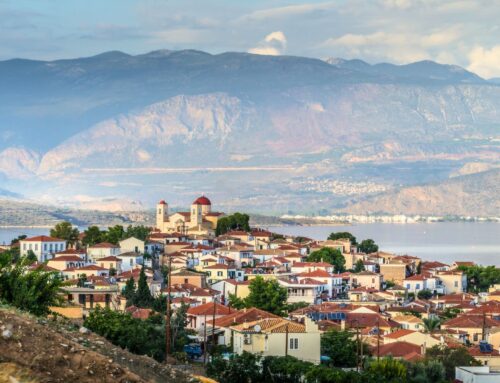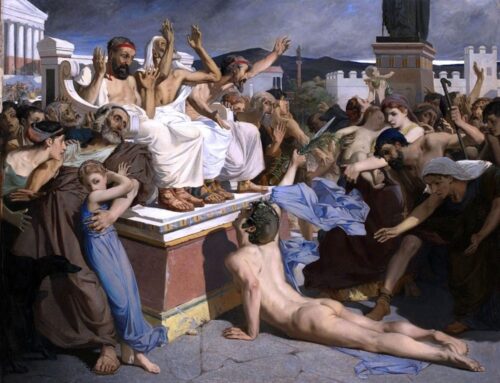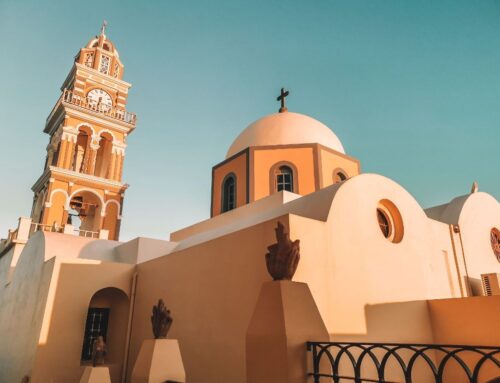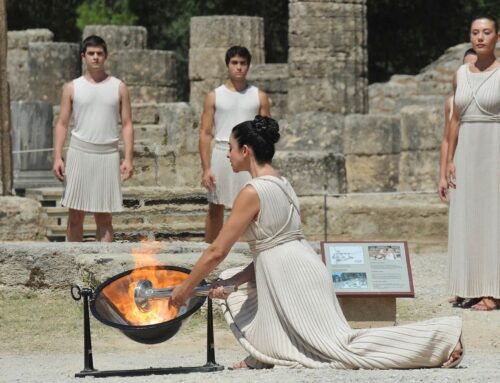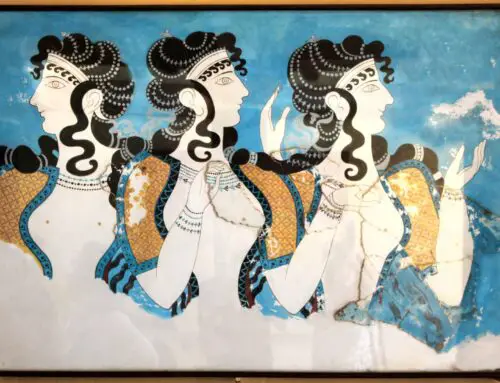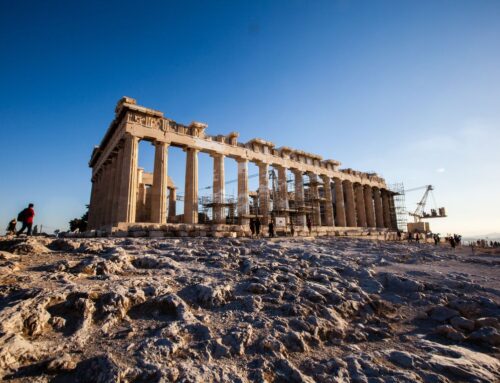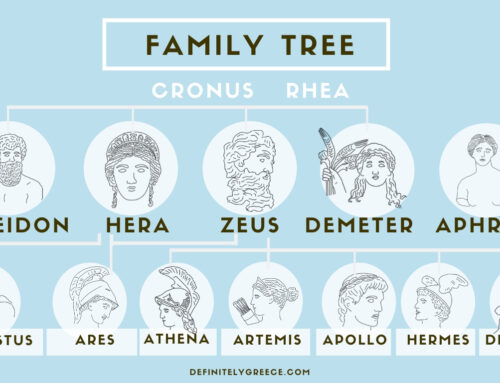Why You Cant Miss The Pnyx In Athens
Why You Cant Miss The Pnyx In Athens
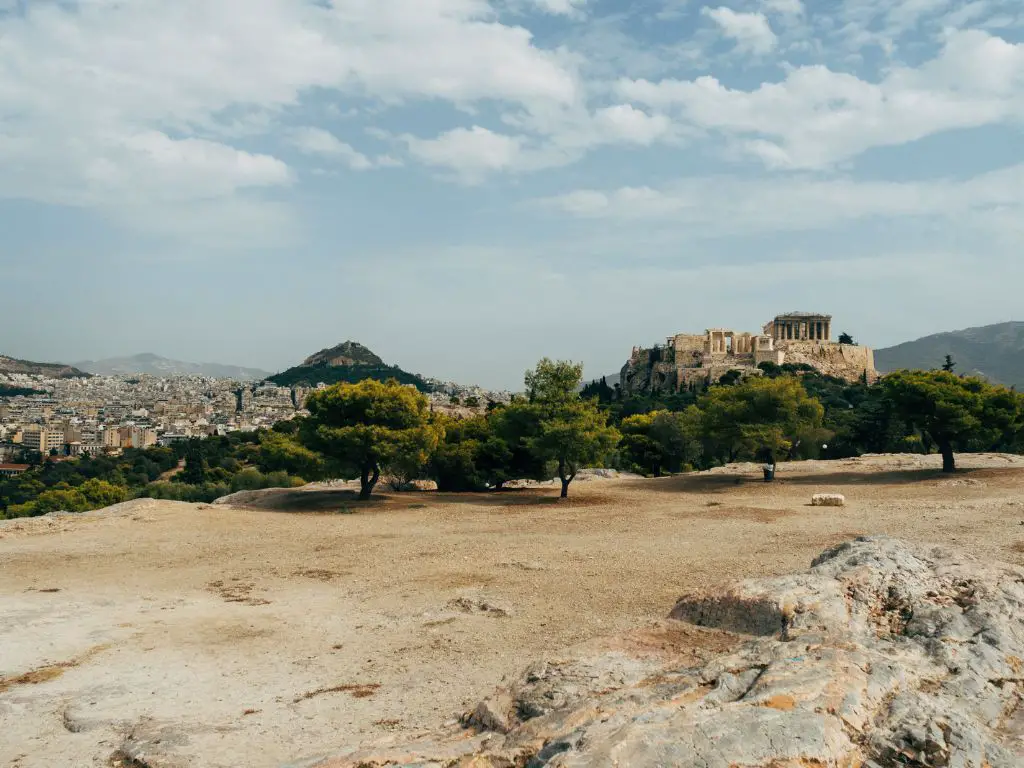
☞ Table of Contents:
Probably the most unassuming ancient sites in all of Athens, the Pnyx cannot be missed. But if you don’t know what you’re looking for you may easily do just that! So, here’s how to find one of the most important places in Athenian history.
☞ Related: 10 Incredible Ancient Greek Sites To Add To Your Bucket List
The Pnyx
Just west of the Acropolis is an important piece of Greek history. While this ancient site might not look like much in 507 BC the Pnyx was used by many renowned Greek statesmen, such as Pericles and Themistocles. You might have heard Greece being referred to as the birthplace of democracy, well the Pnyx is where these democratic principles began to take place.
Here, thousands of free citizens would gather to vote on important issues. The assembly (ekklesia) of the people occurred ten times a year. The audience would gather round sitting on bedrock, or in later years wooden benches, to listen to the orator. The orator at the time would speak at the ‘orators bema’ or speakers platform.
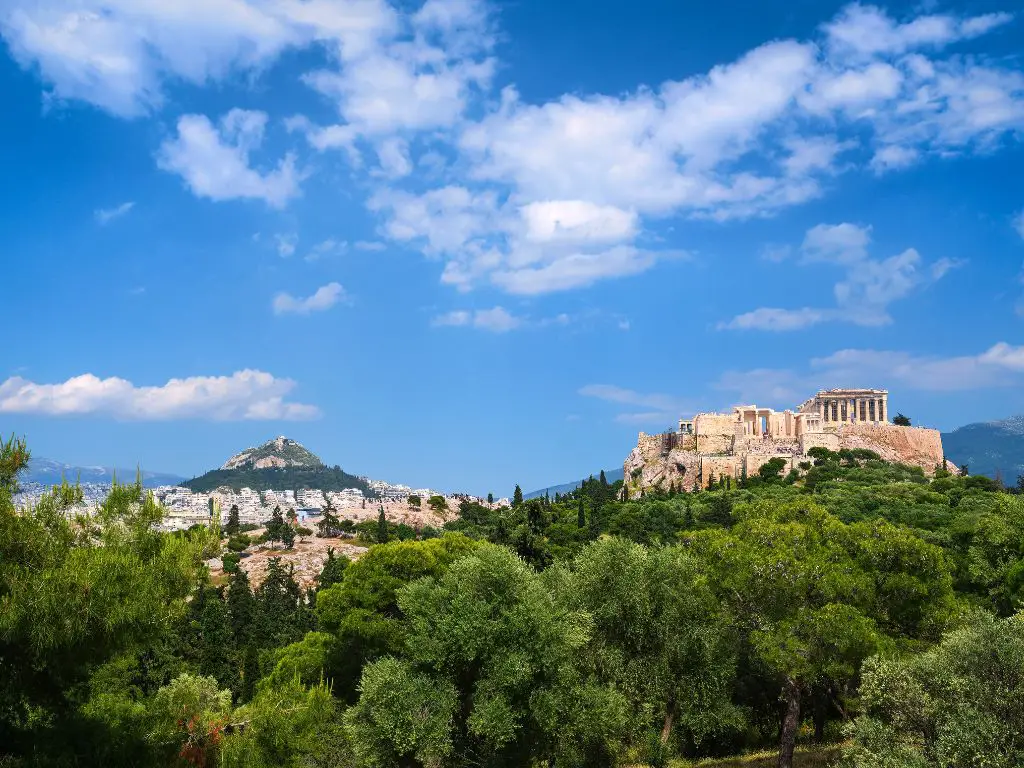

Where Is The Pnyx?
The Pnyx is just a short walk from the Acropolis. You will come to a rocky clearing with some stairs and a stone with the inscription ‘orators bema.’ It is here that you begin to walk in the footsteps of some of the most influential men in Greece’s history. The Acropolis along with the Pnyx are two of the 7 hills of Athens which the city is said to be founded upon.
☞ Related: Directions To The Pnyx
The History Of The Pnyx
The Pnyx was first uncovered by the Greek archaeologist Kyriakos Pittakis in 1835. From this point on the fascinating history of this important site was slowly revealed. It was found that the Pnyx has three architectural phases as well as an extensive list of important Greek orators who frequently took to its stage.
Phase I
In its beginning, in the 6th century BC, the Pnyx was a simple semi-circular amphitheatre that could seat about 5,000 people. The bema was positioned in the north so that the audience faced the Agora, away from the Acropolis. During this time Miltiades, Themistocles, Aristides and Pericles spoke here, working to evolve and shape the very future of Athens.
Phase II
In the late 5th century BC the orientation was changed, the bema now in the southwest, with a retaining wall and staircase for access. The seating area now accommodated around 6,000 people. During this time Attic orators such as Demosthenes, Aeschines and Isocrates spoke here.
Phase III
The third and final stage of construction occurred in the 4th century BC, and these are the remains that you can see today. By now the amphitheatre could seat 13,500 and the bema is still visible today for those who visit. It was in this same century, however, that the Pnyx was abandoned for the more suitable Theatre of Dionysus.
☞ Related: 10 Reasons Why Everyone Should Visit Athens At Least Once
View our FREE master guide for Athens here!
It includes an interactive map!
The Alter Of Zeus
Above the orator’s bema lies the altar of Zeus Agoraios. Zeus was considered the protector of the state and therefore received the prayers of the assembly before the sessions began. Sacrifices were made to the Greek god so that the procession would run smoothly.
☞ Related: 5 Olympian Gods And Their Greek Island
For history enthusiasts seeking assistance in crafting their trip to Greece, don’t hesitate to contact us via email or click the link below to schedule a free consultation tailored to your historical interests.
*Disclaimer: This page includes affiliate links. If you decide to book something through one of them, I might get a little bonus, but it won't cost you anything extra.*

